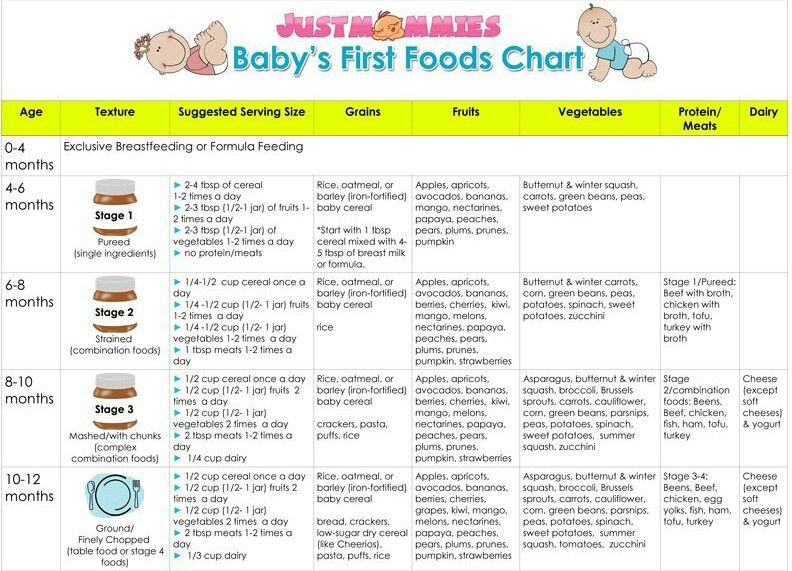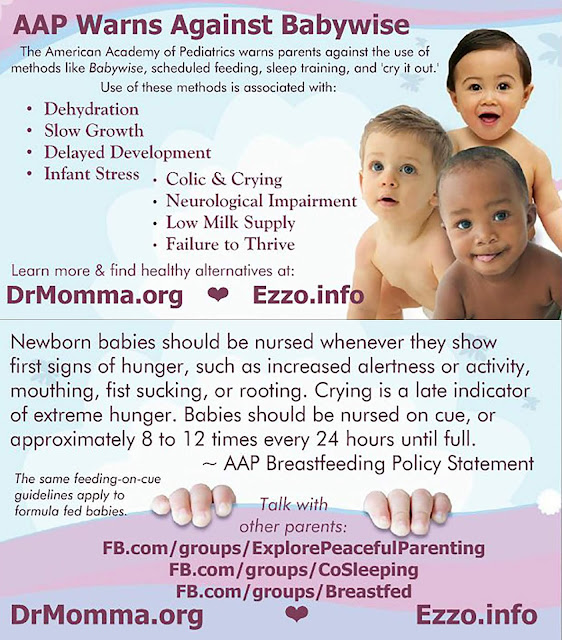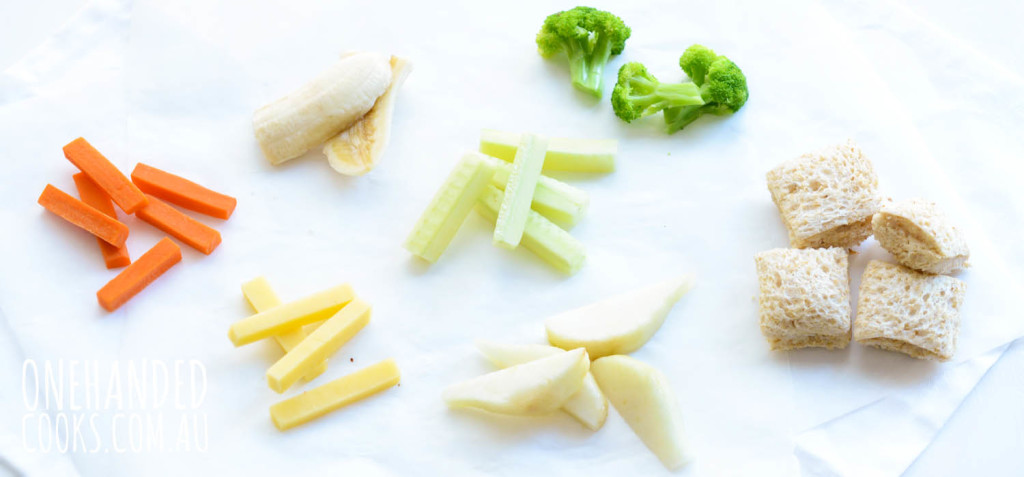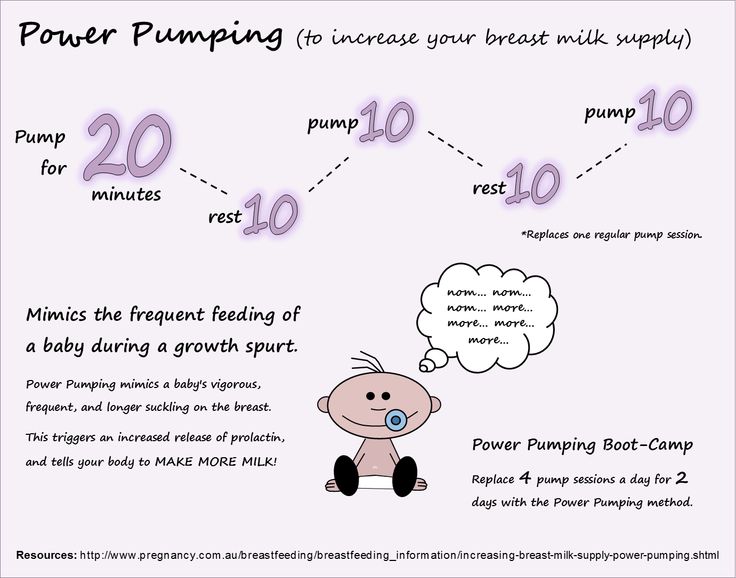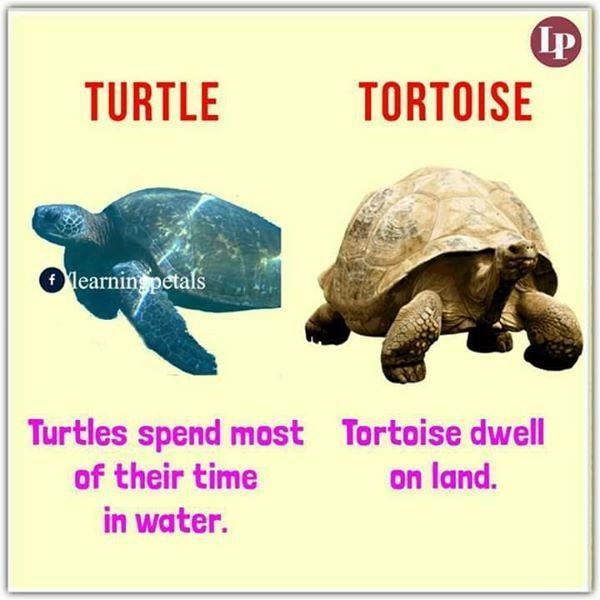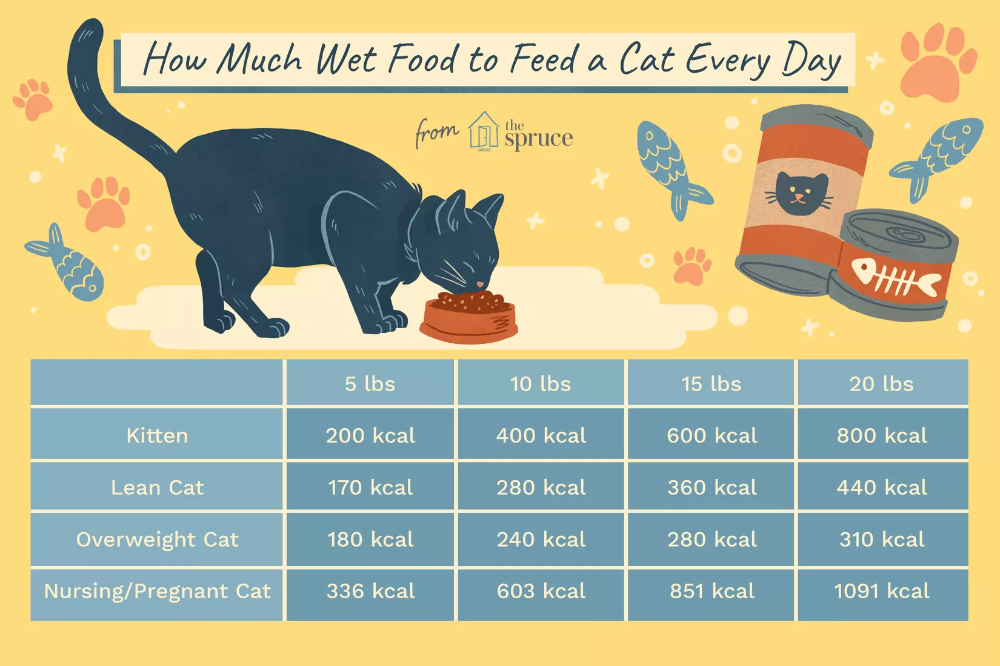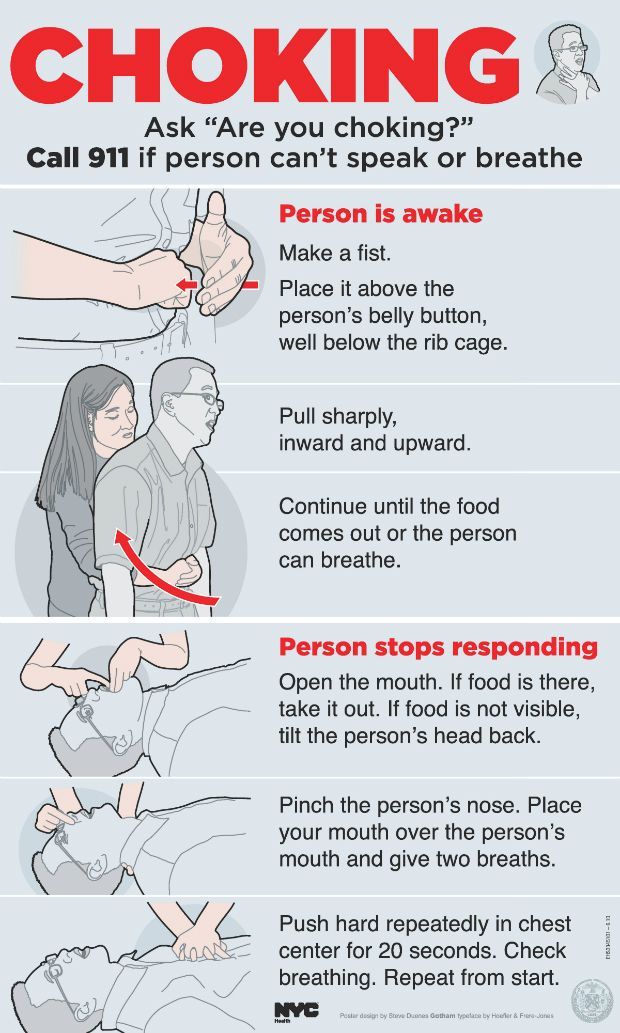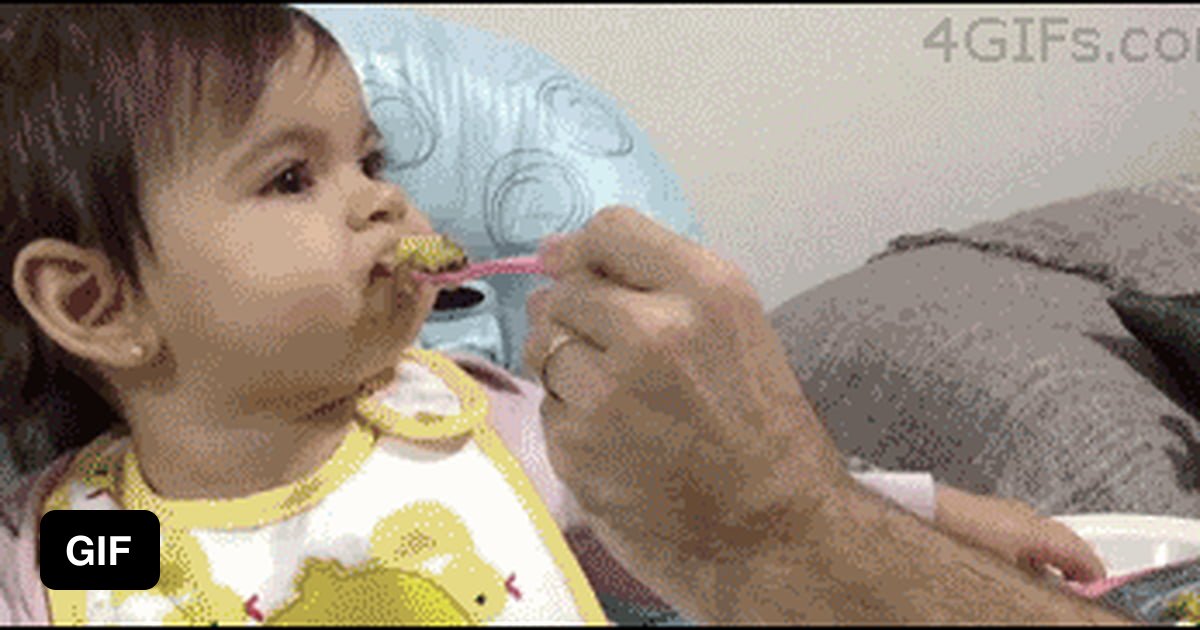When can i feed my baby crackers
When Can Babies Eat Cheerios, Puffs, & Other Foods Safely - Answered!
Parents are often wondering, “When can babies eat cheerios?” Or, puffs, toast, cheese, watermelon, and banana. Learn when so you can feed your baby safely!
When I was a first-time mom, I was ecstatic when it was time to start feeding my son real food. But, since I’d fed a lot of other babies as a feeding therapist, I knew that there were some serious nerves around the corner.
Even though my son was gobbling down smooth baby food, I wasn’t quite sure what he’d do the first time he had food that he actually had to chew before swallowing. He could gag (which isn’t as bad as it sounds, but terrifies us as parents. See baby gagging for more info)! Or worse, start to choke on it. Would I remember how to do the CPR training that I’d been certified to do correctly?
I’m not trying to freak you out, I tend to think of the worst case scenario before I do anything that’s new.
Fortunately, while my mommy brain was in overdrive, my occupational therapist brain knew that it would likely only have a negative effect on my son’s future eating if I just waited until I felt 100% comfortable to start giving him puffs, cheerios, or other foods that we tend to wonder if our babies can handle safely. Of course, that doesn’t mean that there isn’t an ideal time to feed your baby cheerios or puffs.
The key is knowing when so that you can confidently give your baby the foods you’re so excited (and nervous) to start feeding them. Let’s dive into the foods that you’re wondering about the most…
When Can Babies Eat Cheerios?
I think cheerios are the quintessential finger food for baby, they were in large part the first and most common food that my generation was given as young babies and toddlers. And, while cheerios are still appropriate, there are a few things you’ve got to know first.
As a pediatric OT, cheerios are NOT the first finger food I recommend that parents give their baby.
While they are great for being picked up easily, they don’t dissolve quickly. A baby, ideally, should munch up and down (with or without teeth) to mash up the cheerio. It will eventually dissolve, but usually long after a baby has attempted to swallow it.
This is why babies can eat cheerios sometime between 9-12 months.
When exactly, all depends on what other finger and table foods your baby is already eating. Long before they have cheerios, I want to make sure babies can eat foods that dissolve quickly like graham crackers and puffs. I also want babies to be eating some soft foods well too. Occasional gagging is normal, but persistent gagging that gets in the way of your baby being able to eat is an indicator that they aren’t ready to eat cheerios yet.
Just to be clear… when can your baby eat cheerios? When they:
-
- Are typically in between 9-12 months old
- Already safely eating a variety of other foods well
- You witness their jaw munching up and down when they eat other foods
- Can pick up the cheerios with a pincer grasp (that’s using their index finger and thumb together).
 Head to how to teach your baby to self-feed to learn more.
Head to how to teach your baby to self-feed to learn more.
When Can Babies Eat Puffs?
Puffs, and there are a wide number of brands that sell them now, are my preferred very first finger food for baby. For those of you following a Baby Led Weaning (BLW) approach, that will contradict what you’ve learned. You can read why I think so in Pros and Cons of BLW.
I have given puffs to all three of my children as their very first finger food around 7-8 months old, but your child may not be ready until around 9 months old.
Again, more important than the age, are signs that they are ready. Here’s how you’ll know when your baby can eat puffs:
-
- Able to sit independently
- Demonstrates munching up and down either when watching you eat, on teethers, or their baby food
- Usually between the ages of 7 and 9 months, although it varies from baby to baby
If you’re skittish about starting your baby on puffs, it’s always a good idea to talk to your pediatrician first. One of the benefits of puffs, and why I love them for babies, is because they dissolve fast in saliva. That means if your baby gets a piece into their mouth and doesn’t know what to do, it will melt into a goo they can swallow with little effort.
One of the benefits of puffs, and why I love them for babies, is because they dissolve fast in saliva. That means if your baby gets a piece into their mouth and doesn’t know what to do, it will melt into a goo they can swallow with little effort.
Want a whole guide on how to introduce your baby, step by step, to table foods? Head over to How to Introduce Table Foods to Babies and Toddlers.
*Learn 5 Big Mistakes that Parents (Unknowingly) Make When Feeding Their Baby or Toddler Table Foods in my free workshop. And, learn what to do to help them eat well!*
When Can Babies Eat Toast?
Another classic finger food for babies! Toast is a great food to give babies and it’s easy to top with lots of healthy and different spreads. Think avocado, cream cheese, or even a nut butter. (Yes, babies can have nut butters, but double check with your doc’s advice and spread it thin.)
Like cheerios, toast also requires some more chewing, which means your baby has to have some skills. Toast cut into squares or strips are great for babies that are managing puffs, graham crackers, and soft foods like cubed avocado well. This is usually around 9-12 months old. When you do, give your baby toast for the first time, look for them to be chewing well with a clear up and down motion.
Toast cut into squares or strips are great for babies that are managing puffs, graham crackers, and soft foods like cubed avocado well. This is usually around 9-12 months old. When you do, give your baby toast for the first time, look for them to be chewing well with a clear up and down motion.
When Can Babies Eat Grapes, Blueberries, and Cherry Tomatoes?
Oh, the round foods that can be a serious choking hazard. These foods may be scary, but when they are cut in half (blueberries) or quartered (grapes and cherry tomatoes), babies are able to eat them safely also around 9-12 months old. The skin on cherry tomatoes and grapes can be a little tougher, and some parents prefer to skin them.
Your baby will likely be ready to handle these foods when they are eating a variety of different textures, but it may be hard for them to pick up, which may mean you’ll have to wait to a little longer.
When Can Babies Eat Watermelon?
This is another one of my favorite first finger foods for baby, right after they’ve mastered those graham crackers and puffs. Cut the watermelon into small cubes and watch with delight as the juice runs down all over their adorable little chin.
Cut the watermelon into small cubes and watch with delight as the juice runs down all over their adorable little chin.
Babies can often start eating watermelon between 7-10 months old.
When Can Babies Eat Banana?
Once babies are eating watermelon well, they can often handle banana. Just keep a lookout that the pieces aren’t too big or that they aren’t showing too much food into their mouth at once because banana can clump together.
Bananas are often thought of as a good choice for a first finger food because it’s soft and babies can chew it easily, but sometimes it’s too mushy for them to understand how to chew it. That’s another reason I like starting out with crunchy foods that melt first.
Look for your baby to manage bananas around 7-10 months old. You may even want to try this healthy pumpkin banana bread recipe!
When Can Babies Eat Cheese?
Cheese is obviously dairy and it seems contradictory that babies can eat it when they aren’t allowed cow’s milk until age 1, but the protein structure is different so pediatrician’s give it the green light before 12 months old. Cheese that’s a bit softer, like from a brick of mild cheddar or provolone, is a great starting place if you’d like to introduce it.
Cheese that’s a bit softer, like from a brick of mild cheddar or provolone, is a great starting place if you’d like to introduce it.
When your baby is eating the melt-able crackers, watermelon, and banana without frequent gagging and with a munching up and down, they are often ready to handle cheese that’s cut into cubes.
This is usually around 8-10 months old.
Affiliate links used below. See our full disclosure.
My Favorite First Table Foods for Babies
Knowing what other foods you can give your baby can seem daunting, which is why I have an awesome Mega List of First Table Foods for you, and as your baby is getting a little older a Baby and Toddler List of Meal Ideas. Not to mention that you can also snag up a handy printable with many of the ideas to stick on your fridge for quick reference!
Get the Free Printable Here!
But, I wanted to give you some of my favorite first finger foods that work as well as puffs, in case you were looking for some other options:
-
- Plum Organics Teething Wafer
- Lil’ Crunchies Baked Corn Snack (think a vegetable cheese curl)
- Happy Baby Yogurt Melts
- Happy Baby Rice Husks
Tips for Giving Your Baby Food for the First Time
There are a couple of misconceptions floating around out there about when and how to feed your baby, especially as you’re giving them foods for the very first time.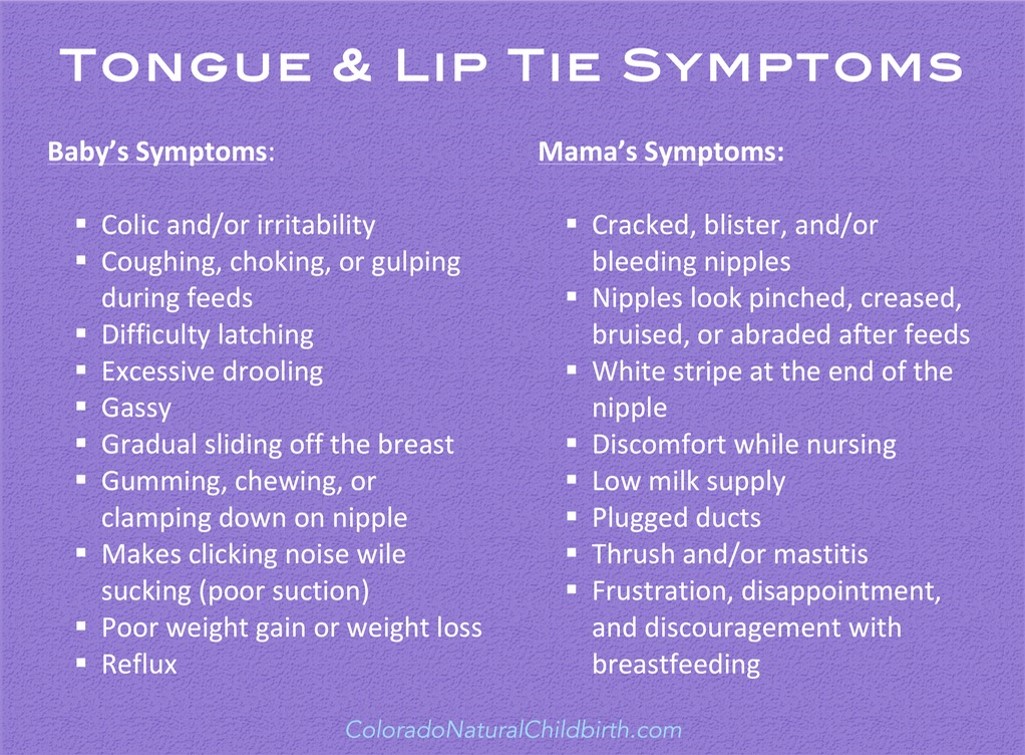 I want to debunk a couple of those myths so you can feel good about teaching your baby how to eat:
I want to debunk a couple of those myths so you can feel good about teaching your baby how to eat:
-
- Babies DO NOT need teeth to eat – Sure, if your 9 month old were having a steak, some molars might come in handy, but babies were designed to use their powerful gums to plow through all the foods you found listed here and many more.
- Gagging is normal – Gagging and choking are two different things. Gagging happens when a food hits their gag reflex, when they weren’t expecting it to. Most of the time, they recover the food and are able to swallow or spit it out. Also, some gagging occurs as a response to a texture, taste, or smell they don’t like. That has to do with sensory aversions to food.
- If they aren’t eating, just wait, they’ll grow out of it – Unfortunately, this is sometimes the advice given by professionals. As a feeding therapist, I’ve seen small issues snowball into something much bigger many times. If you have any doubts head to feeding therapy information on how to get some professional help.

Also, check out my free online workshop: 5 Big Feeding Mistakes That Are Stopping Your Child From Learning to Eat Table Foods to help you start taking the right steps to getting your kiddo eating well. Click here to get a free seat!
Lastly, remember to be patient. You may feel edgy and anxious as you watch those first bites and tastes. Giving your baby finger foods is a transition that takes time. Some meals won’t go well, that’s okay.
Don’t Forget Your Free Printable
Now that you’ve got a great guideline on when to start your baby on different foods, make sure you grab your free printable with a huge list of table food ideas and meals that are specifically designed for babies and toddlers! Get it here.
More on Feeding Babies
What to Do When Baby Won’t Eat Solids: 7 Simple Steps
Ultimate List of Mealtime Must-Haves for Baby
Introducing Baby Food: Everything You Need to Know
How to Wean Baby From Bottle
Did you pin this?
You’ve got to admit this is some important stuff.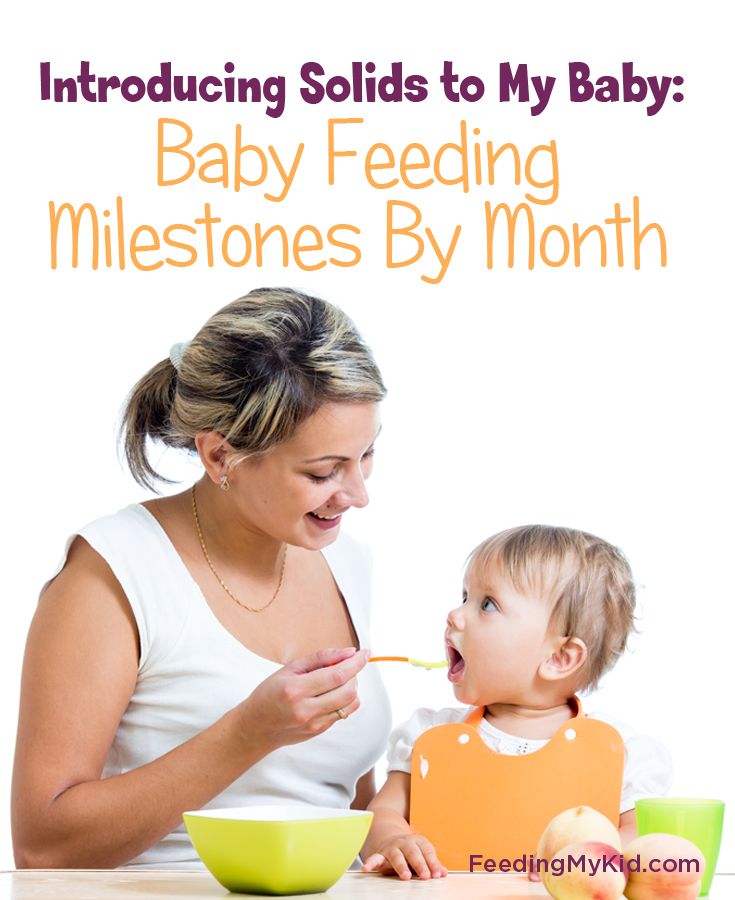 Pin this on your baby or parenting board so you can reference it later!
Pin this on your baby or parenting board so you can reference it later!
Alisha Grogan is a licensed occupational therapist and founder of Your Kid’s Table. She has over 14 years experience with expertise in sensory processing and feeding development in babies, toddlers, and children. Alisha also has 3 boys of her own at home. Learn more about her here.
When Can Babies Have Goldfish Crackers? (+ Other Snack Ideas)
The cute little fish shape and irresistible cheesy taste of Goldfish Crackers seem to be made for fussy kids!
With their melt-in-the-mouth quality, they’re probably fine as a baby snack too, right? Not for very young babies. So when is this snack food appropriate for them?
When can babies eat Goldfish? Babies can safely be introduced to Goldfish crackers after the age of 1 when their first molars begin to develop, enabling them to chew properly. Softer snacks are more appropriate before this age as babies may find the crispy texture of crackers painful to bite down on.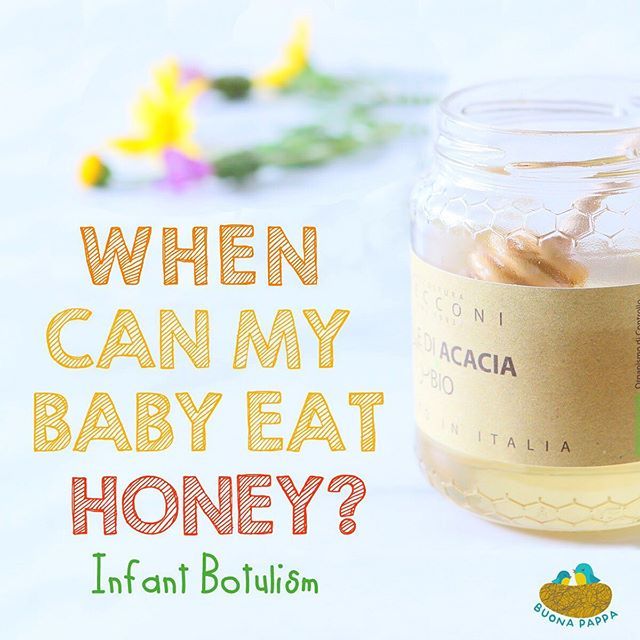
The nature of these slightly hard, crispy crackers can also pose a choking risk for little mouths unfamiliar and unpracticed with chewing.
Keep reading to find out when and how you can start to offer your baby this cheesy treat, what to look for in baby crackers in general, healthier snack alternatives, and more.
Goldfish for Babies – What To KnowWith their low-sugar and omega-3 content, Goldfish crackers can be a suitable snack for your little one — once they can safely chew their food.
Let’s look at what’s in this cheesy snack food and how safe they are for babies.
Goldfish Cracker IngredientsA 6.6-ounce bag of Original Goldfish Crackers is high in sodium with 230 mg per serving (55 pieces) and 140 calories per serving.
Full ingredients:
- Wheat flour
- 2-percent nonfat milk
- Vegetable oils
- Salt
- Sugar
- Yeast
- Baking soda
- Paprika
- Spices
- Celery
- Onion powder
Nutrition info:
- Reduced iron (0.
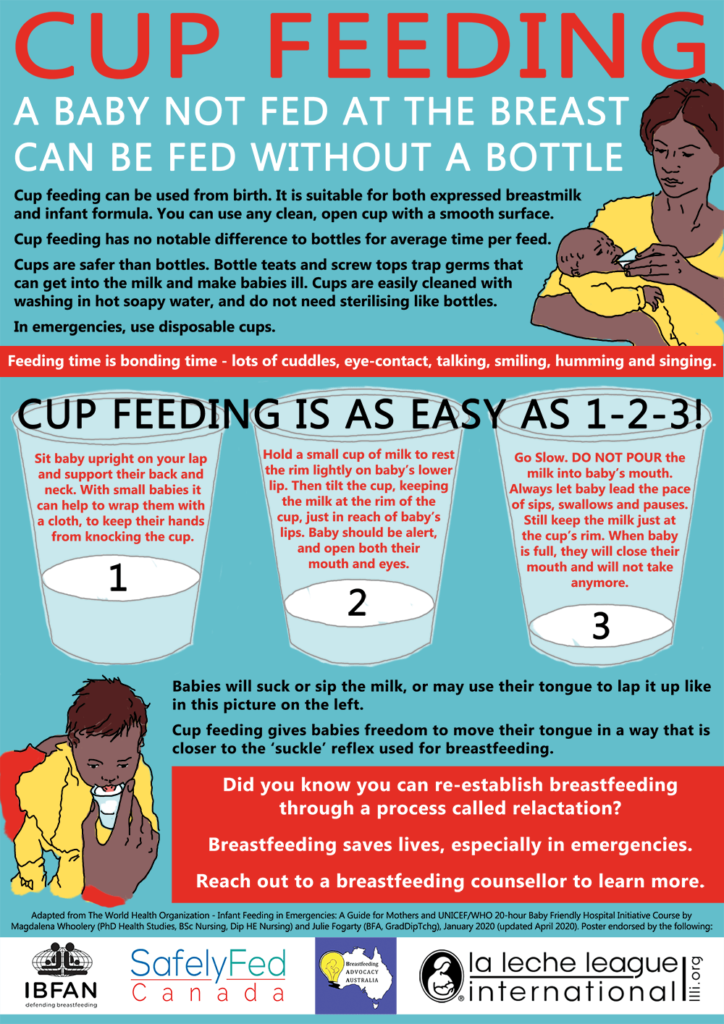 7 mg)
7 mg) - Calcium (20 g)
- Folic Acid (40 mcg)
- Niacin (1.9 mg)
- Thiamin (0.19 mg)
- Folate (80 mcg)
- Riboflavin (0.13 mcg)
According to the food introduction guidelines set by the AAP (American Academy of Pediatrics), babies under 12 months cannot safely chew their food, so crunchy processed foods like Goldfish crackers should only be offered beyond the age of 1 year at the earliest.
At this stage, your baby’s molar teeth begin forming, making it easier to handle slightly harder foods as they begin to chew instead of gum.
Are Goldfish a Choking Hazard?As Goldfish crackers are on the hard, crispy side, there is a risk that small pieces might break off, causing them to choke.
Another risk of feeding babies Goldfish crackers before they can chew is that pieces can break off and expose sharp edges, causing them pain as they gum down on them rather than using teeth to break them down.
Around 7-9 months, babies can begin trying soft finger foods. After 1 year, their ability to chew will be well practiced, and you can introduce crackers with a low choking risk.
If you are concerned about the choking risk with Goldfish crackers, consider specially-made baby teething biscuits instead.
Types of Goldfish CrackersIn addition to the Original Goldfish recipe, there are more than 20 other varieties and special editions of the crackers with added fats, colors, and preservatives. Some of the most popular are:
- Cheddar
- Wholegrain Cheddar (extra protein and fiber)
- Parmesan
- Pizza (containing tomato paste and celery seed)
- Pretzel (high salt, made with beet juice concentrate)
- Baby Cheddar (smaller version of the original)
- Mega Bites (larger pieces in “Sharp Cheddar” and “Cheddar Jalapeno”)
- Flavor Blasted Sour Cream & Onion
- Goldfish Graham’s Vanilla Cupcake
- Goldfish Colors sourced from plants (made with beet and watermelon)
The “Baby” edition of Goldfish crackers is made with roughly the same ingredients as the original Cheddar recipe but with much smaller Goldfish pieces at around 89 pieces per adult serving.
This variety is slightly higher in sodium with 230 mg per serving and comes in a 7.2-ounce pouch compared to the original 6.6-ounce Goldfish cracker packaging.
Tips for Feeding Goldfish CrackersIf your child has a medical condition or food allergy of any kind, be sure to “speak with your pediatrician about introducing Goldfish crackers to their diet” urges Mom News Daily.
Otherwise, you can slowly introduce Goldfish crackers as an occasional snack to your little one. Here are a few hints and tips on how to feed them safely:
- Limit servings to a very small handful (about 6-10 pieces)
- Always supervise them closely, and remind them to chew if gagging occurs. Stacia Paganelli, MA – Infant feeding consultant and author of the Help With Feeding blog – notes”
“Gagging is common as children learn to move food around their mouths. Just be there to reassure them and remind them by vocalizing “chew, chew” and model the same mouth movements.
The last thing you want to do is teach your baby that new food is scary by pulling them out of their highchair the minute they cough or gag!”
- Place pieces inside your baby’s cheek to encourage chewing and biting down
- Try offering cracker crumbs to begin with. Paganelli recommends “dipping their teether in a favorite puree and coating it with cracker crumbs.” Place the teether on their side gums to help encourage chewing and reduce gagging.
Baby-appropriate crackers should have a soft and easy-to-gum texture as your 1-year-old will still be in the early teething stages. Nothing too hard, too crunchy, or with a bumpy texture such as foods covered in seeds or nuts.
You should also opt for low-sodium crackers wherever possible as babies will get their daily sodium intake elsewhere in breast milk, formula, and finger foods.
Lastly, be careful with wholegrain crackers. While the added fiber is great for your little one, crackers with a noticeable high-fiber content may be too hard and texturized for them to chew.
- Baby Rice Rusks (bland but great teething material)
- Breton (soft crackers in a wide range of grains and flavors)
- Ritz (soft and easy to gum)
- Happy Family Organics (makers of great teething crackers)
Crackers may be convenient to reach for, but there are plenty of tasty (and far healthier), quick, and easy snacks for your little one. Here are some great snacking options from 7 months into toddlerhood!
Snacks for Babies 7 MonthsNow they’re getting to the age that they can pick up foods, give them foods like:
- Pieces of soft cheese
- Bite-sized pieces of soft bread and pasta
- Finely chopped soft fruit varieties such as banana, pear, and ripe peaches
- Finely chopped, soft, and well-cooked vegetables like broccoli, cauliflower, and carrot
You can introduce more food groups in their snacks for balance. Include a mix of foods like:
Include a mix of foods like:
- Yogurt or cottage cheese with small fruit pieces
- A mix of steamed veggies and finely chopped fruit chunks
- Thinly spread almond or peanut butter on small pieces of toast
- Bite-sized pieces of hard-boiled egg
- Low-sodium slices of chicken/ham/turkey
- Teething biscuits and soft crackers
- Cooked carrots, red peppers, or cucumber cut into sticks and served with a favorite savory dip or puree
- Wholegrain toast slices, small tortillas, or breadsticks paired with a hummus or nut butter dip
- Minimally processed deli meats with wholegrain bread or hard-boiled egg slices/chunks
- Smoothies made with yogurt or milk
- Nutritious energy balls like these
- Chopped walnuts/pecans/cashews
- Fruit yogurts with a wholegrain muffin cut into quarters
As of May 2022, there are over 25 varieties of Goldfish cracker flavors ranging from wholegrain, pretzel, and plant-based crackers to stronger-flavored varieties such as pizza, parmesan, and vanilla cupcake Goldfish.
Saltine crackers are fine to feed your baby in moderation, but try to opt for low-sodium varieties with plain (unsalted and unseasoned) tops.
Babies already get the salt they need from breast milk or formula for the first 6 months and from formula and subsequent baby food after that.
ConclusionTo sum up, the American Academy of Pediatrics advises that Goldfish crackers and similar crispy, crunchy snack foods should not be given to children under 1 year old.
After the age of 12 months, babies develop the ability to chew their food, and the appearance of their back molar teeth ensures these harder food types are broken down more easily.
As with introducing any new food type, do so slowly, and speak with your doctor if you have concerns involving food allergies and feeding issues with your little one.
What is Possible and what exactly CANNOT be eaten for a Baby from 1 to 3 years old!
It is advisable to start reviewing your family diet towards a healthy diet before the baby is born or immediately after it is born.
Let's talk about the proper nutrition of a child after a year. In addition to the fact that food intake replenishes the energy expenditure of a 1-3-year-old baby, covers its need for nutrients (proteins, fats and carbohydrates), vitamins and minerals, it also performs an educational function, instills in the child good manners and develops his aesthetic taste. It is important to teach the baby to eat right from a very early age, because it is during this period that taste preferences are formed.
If time is lost, it will be difficult to change something in the baby's preferences. In other words, if a child is not taught to eat fish or vegetables at this particular age, in the future he may not like these foods, or if a baby gets used to a high content of salt and sugar in food from childhood, this will form his further wrong taste preferences.
In other words, if a child is not taught to eat fish or vegetables at this particular age, in the future he may not like these foods, or if a baby gets used to a high content of salt and sugar in food from childhood, this will form his further wrong taste preferences.
Of course, it is best not to accustom the child to unhealthy food in the beginning. It is from us, parents, that the baby learns what salted or too sweet dishes are.
Breast milk has a slightly sweet taste, milk formulas are mostly insipid or tasteless, first complementary foods also have a natural taste of the products themselves. And what do many mothers and grandmothers do? They add salt or sugar to food “for taste”, believing that this way the baby will eat them more willingly. This should not be done: from the point of view of a healthy diet, food does not need additional addition of sugar or salt.
It is advisable to start reviewing your family diet towards a healthy diet before the baby is born or immediately after it is born. If you haven't already, it's time to start at least a year old, because the baby learns to eat by looking at how and what you eat yourself. Switching to a healthy diet is not so difficult. Yes, at first, food with a small amount of salt and spices will seem tasteless. But it will take a couple of weeks, or even less - and the receptors of the tongue will become more sensitive to the natural taste of the products and it will turn out that it is very bright and original.
If you haven't already, it's time to start at least a year old, because the baby learns to eat by looking at how and what you eat yourself. Switching to a healthy diet is not so difficult. Yes, at first, food with a small amount of salt and spices will seem tasteless. But it will take a couple of weeks, or even less - and the receptors of the tongue will become more sensitive to the natural taste of the products and it will turn out that it is very bright and original.
WHAT SHOULD BE EXCLUDED OR LIMITED?
1. SWEETS.
Sugar and all products in which it is included: confectionery, ice cream, sweetened juices - it is generally not recommended to give a child under 3 years old. This also applies to chocolate. In addition to the fact that chocolate contains a very high amount of sugar, it also contains too much cocoa and various additives, which very often cause allergies in children.
As an alternative, you can offer your baby marshmallows, fruit marmalade and marshmallows: they do not contain sugar, and fructose (fruit sugar found in fruits and vegetables) gives them a sweet taste, which is good for the body.
In principle, herbal tea with sugar or jam can sometimes be allowed to a child as a treat, but in combination with other foods, sweets are strongly contraindicated. Eaten with starches or proteins, sugar causes putrefactive fermentation and discomfort in the baby's stomach. Honey in moderate amounts does not cause such reactions, therefore, if there is no allergy, 1-2 teaspoons of honey can be added to tea, porridge or when preparing dessert.
Preparations from berries with sugar are much less harmful than sugar alone. The fact is that during storage, the enzymes of berries and fruits convert part of the sugar into fructose, moreover, such mixtures contain many vitamins. But all the same, jams, jams and other "live" products based on sugar are products that need to be eaten little by little: no more than 3-5 teaspoons or 7-10 berries from jam in the form of a treat and not every day.
2. SALT
Ideally, little salt is used in baby food. The norm of salt for children 1-3 years old - up to 3 g per day - is about half a teaspoon, and for the taste of an adult, children's products should be undersalted. Excess salt causes fluid retention in the body, which leads to increased stress on the kidneys and blood vessels of the child. Usually, when cooking food, the child is not salted - the salt that is contained in the products themselves is enough.
Excess salt causes fluid retention in the body, which leads to increased stress on the kidneys and blood vessels of the child. Usually, when cooking food, the child is not salted - the salt that is contained in the products themselves is enough.
Crispy potatoes, saltine crackers, some cheeses (which taste salty) and other salty foods are excluded from the baby's menu.
3. MUSHROOMS
Foods such as mushrooms are not allowed in the diet of a child under three years of age: they are very difficult to digest in the intestines. In addition, mushrooms, like a sponge, absorb a huge amount of heavy metals, toxic and radioactive substances. This can cause an upset stomach or poisoning in the child.
4. SPICES
To improve the palatability of food, you can use spices (from one year old - parsley, dill, basil, cilantro, and from 1.5-2 years old - garlic, onion, sorrel). It is better if these seasonings are prepared on their own: dill, cilantro, basil and parsley can be dried or frozen, green onions can be grown on the window almost all year round or bought fresh, fresh garlic should be added finely chopped to ready-made dishes.
Store-bought spices, and especially their mixtures, are not used in baby food. The fact is that such sets of spices often contain, in addition to herbs, salt and flavor enhancers, such as monosodium glutamate. This substance is involved in the transmission of impulses in the central nervous system, has a pronounced stimulating effect and is used in psychiatry as a medicine. Foods high in glutamate are both physically and mentally addictive. This flavor enhancer is the cause of diseases of the digestive system, such as gastritis or stomach ulcers, and its negative effects on the brain and on the retina of the eye have been proven in experiments. Children who often eat food with monosodium glutamate complain of headaches, heart palpitations, muscle weakness, fever; monosodium glutamate also changes the hormonal status in the body. And it is contained just not only in spices, but also in fast food products, sausages and smoked meats. A large amount of this food additive, as well as dyes and salt, is found in chips, crackers and various snacks. In addition, they contain a large amount of so-called empty calories, which cause a false sense of fullness and obesity, discourage appetite, and do not bring any benefits to the body. The method of their preparation - namely, frying in boiling oil, moreover, repeatedly used - leads to the formation of a large amount of carcinogenic substances in the product. The same applies to other dishes that are prepared using a similar technology, for example, french fries, the use of which by a child is generally unacceptable.
In addition, they contain a large amount of so-called empty calories, which cause a false sense of fullness and obesity, discourage appetite, and do not bring any benefits to the body. The method of their preparation - namely, frying in boiling oil, moreover, repeatedly used - leads to the formation of a large amount of carcinogenic substances in the product. The same applies to other dishes that are prepared using a similar technology, for example, french fries, the use of which by a child is generally unacceptable.
Vinegar, peppers, tomato sauces, mustard, marinades and other spicy or sour seasonings are meant to “improve” the taste of dishes. They perfectly cope with the task, but at the same time they strongly irritate the digestive and excretory organs, interfere with their normal work and contribute to the development of many diseases, therefore, these seasonings are unacceptable in the nutrition of young children. It is also unacceptable for a child to use mayonnaise: this is a high-calorie product, more than 65% fat. It is high in sodium and cholesterol.
It is high in sodium and cholesterol.
5 FRIED
Everything fried for a child under 3 years old is prohibited, because this type of processing produces toxic and carcinogenic substances (from the Latin cancer - "cancer" and genus - "causing" - chemicals, the effect of which on the body during causes cancer and other tumors under certain conditions), especially when fat from a frying pan is used several times. Many toxic compounds are also obtained by heating vegetable oils. Ruddy crusts, so appetizing and tasty, are extremely difficult to digest and contribute to the development of gastritis (inflammation of the stomach), colitis (inflammation of the large intestine), ulcers, liver and kidney diseases. In addition, fried foods contain an excess of fat.
6. MARGARINE
Margarine. In the diet of a baby under 3 years old, margarine, artificial fats, lard and products prepared on them should not be present. Margarine is a mixture of animal and vegetable fats subjected to hydrogenation - the saturation of fatty acid molecules with hydrogen atoms. Mutated fatty acid molecules, whose share in margarine reaches 40%, increase the level of cholesterol in the blood, disrupt the normal functioning of cell membranes, contribute to the development of vascular diseases, and adversely affect the formation of sexual function. Fat is a refractory fat, its digestion requires the release of a large amount of digestive enzymes of the pancreas and liver, which leads to their overstrain and breakdown. And this can be manifested by diarrhea, nausea and abdominal pain.
Mutated fatty acid molecules, whose share in margarine reaches 40%, increase the level of cholesterol in the blood, disrupt the normal functioning of cell membranes, contribute to the development of vascular diseases, and adversely affect the formation of sexual function. Fat is a refractory fat, its digestion requires the release of a large amount of digestive enzymes of the pancreas and liver, which leads to their overstrain and breakdown. And this can be manifested by diarrhea, nausea and abdominal pain.
7. SAUSAGES
Meat products, which include all sausages (both boiled and smoked), as well as smoked, dried or dried fish, ham, smoked brisket, are also unacceptable in baby food. There are a lot of irritating substances and salt in smoked meats, they quite noticeably “hit” the digestive and excretory organs. In addition, these products contain a large amount of dyes, flavors, food additives and the previously mentioned carcinogens.
8. CANNED FOOD
Canned meat and fish (if these are not specialized children's products, but ordinary "adult" canned food from the nearest store) are saturated with salt, pepper, vinegar and various preservatives. They should not be present in the diet of children. The same applies to homemade preparations, which usually add a lot of spices, salt, vinegar or aspirin, which have an extremely negative effect on the baby's stomach and intestines.
They should not be present in the diet of children. The same applies to homemade preparations, which usually add a lot of spices, salt, vinegar or aspirin, which have an extremely negative effect on the baby's stomach and intestines.
9. BAKERY AND CONFECTIONERY
It is worth limiting (but not completely eliminating) such foods as buns, buns, pies, ordinary cookies from the child's diet. They contain a large amount of calories, sugar and, if consumed systematically, can lead to overweight. You can give your baby a bun (about 50 g) or a pie for an afternoon snack, but not at every meal. And it is best to give special cookies - for children. Unlike an adult, it does not crumble, but melts in the mouth, so the child will not choke on the crumbs. Children's cookies are made without the use of dyes, preservatives, flavors and other artificial additives. You can also give your baby biscuits or dryers.
10. PORRIDGE WITH ADDITIVES
Separately, I would like to dwell on children's cereals with additives: they usually contain a fairly large amount of sugar, moreover, many of the additives (for example, some fruits or chocolate) are allergenic products in themselves, which in baby food are not welcome. The best thing is to add pieces of fresh fruit or a small amount of berries to ordinary porridge: it will turn out both tasty and healthy.
The best thing is to add pieces of fresh fruit or a small amount of berries to ordinary porridge: it will turn out both tasty and healthy.
WHAT TO DRINK?
The optimal drink for a child is ordinary clean drinking water without gas. From the age of 2, you can give your child a small amount of still table water: the label should say that the water is low-mineralized or drinking (in no case medicinal). In the nutrition of a child under 3 years of age, freshly squeezed juices are undoubtedly beneficial. However, it should be remembered that for children of the first three years of life, freshly squeezed juice is recommended to be diluted with water in a ratio of 1:1 to 1:3, because concentrated juice contains a large amount of organic acids that can irritate the child's delicate digestive system.
Fresh or dried fruit compotes, various fruit drinks, infusions and herbal teas are very useful. The latter also perform a therapeutic function - they contribute to the normalization of sleep, stimulate appetite, help with colds or reduce nervous excitability.
What should a child not drink?
All modern sweet sodas are made from water, concentrate and saturated with carbon dioxide. Already from this composition it is clear that there is no benefit for a small child in them. Such drinks contain too much sugar, sometimes more than 5 teaspoons per glass. This amount of sugar cannot but affect the work of the pancreas and the endocrine system. In addition, it can cause tooth decay with regular consumption of such water. In addition, such drinks do not quench thirst - when they are consumed, thirst only intensifies, which leads to fluid retention and swelling.
Many manufacturers add sugar substitutes instead of sugar to drinks: such products contain fewer calories and are sold under the “light” logo. Alas, they are quite dangerous for the child's body. Xylitol and sorbitol, which are sweeteners, can provoke urolithiasis. Saccharin and cyclomate are carcinogens that contribute to the development of cancerous tumors. Aspartame can cause allergies and negatively affects the retina, which can lead to decreased vision.
Concentrates from which beverages are prepared are citric or phosphoric acids, they form the basis of the taste of carbonated water and serve as preservatives. These acids irritate the mucous membrane, cause microdamages in the mouth, esophagus and stomach, and have a bad effect on tooth enamel (especially citric acid). But phosphoric acid is more dangerous, because with regular ingestion, it contributes to the leaching of calcium from the bones, which many children already lack. A lack of calcium leads to such a serious disease as osteoporosis - brittle bones with minimal stress.
Does not add benefits to carbonated drinks and additive in the form of caffeine, which is used as a tonic. The use of such soda leads to overexcitation of the nervous system, which is completely contraindicated for children.
Finally, carbon dioxide contained in sparkling water is not harmful in itself, but causes belching, bloating, increased gas production and is not allowed for children in their first years of life.
How is baby food prepared?
Food for a child older than one year is prepared in several ways:
1) boil; this applies to the preparation of vegetables, meat, eggs, fish, cereals and cereal side dishes. After cooking, depending on the age of the child, the food is crushed into more or less large pieces, kneaded with a fork;
2) steamed (vegetables, meat or fish cutlets, omelettes). For these purposes, modern double boilers are very convenient, which retain most of the vitamins;
3) baked in the oven, in the sleeve, foil. All kinds of casseroles, fish, meat and vegetables are prepared in this way;
4) for children over 2 years of age, light frying of foods in vegetable oil and then stewing is allowed. In this way, you can cook fish, meat goulash, meatballs and meatballs.
Basic Rules for Choosing Baby Foods
1.. Choose foods that are labeled "Intended for Infants" or foods specifically for baby food.
2. Carefully read the labels, pay attention to the color and consistency of the products: if any of the components of the product is in doubt, it is better to refuse the purchase.
3. Products for children should not contain food additives, preservatives, stabilizers and other “chemicals”.
4. Products should contain a minimum of salt or sugar, and it is better not to contain them at all.
5. Pay attention to the shelf life: natural products cannot have a long shelf life, especially for dairy products. If the shelf life of such products exceeds several days (usually 3-5), it is better to refuse such products.
6. Be sure to try all products for yourself before giving them to children: the product may be too sweet or flavored.
How to reduce the risk?
If the baby is nevertheless treated to chocolates, soda, or anything else listed above, do not draw the attention of the child to this product. Just offer an alternative: instead of chocolate - marshmallows or marmalade, instead of soda - fruit juice. If the baby really wants the drink to have bubbles, go for a trick: dilute the juice with mineral water - there will be bubbles and benefits. It is also necessary that there are no prohibited foods in your house and the child does not see them, then the desire to try something harmful will be minimized.
It is also necessary that there are no prohibited foods in your house and the child does not see them, then the desire to try something harmful will be minimized.
Do not hesitate to instruct relatives how and what to feed the baby in your absence, write them a complete list of foods that the baby should not be given.
The diet of a one-year-old child / What and how to feed a baby - an article from the "What to feed" section on Food.ru
Principles of nutrition for a child per year
If a child has 6-8 teeth per year, and he looks into the plates with interest parents, this does not mean that it is time for him to change to a common table. At the very least, the diet of a one-year-old child should be very different from that of an adult.
Adult food is often unbalanced, prepared in an inappropriate way for a baby, contains a lot of sugar, salt and spices. Such food harms the growing organism. Therefore, first of all, build the right diet.
-
It is recommended to eat 3-4 times a day for 300-400 g plus 1-2 snacks between feedings.

-
From the first year of life, the baby can chew solid food.
-
If lactation continues, breastfeed until 2 years of age.
-
Avoid fast food and sugary sodas.
A one-year-old's diet might look like this:
-
8:00 am - breakfast.
-
12:00 - lunch.
-
16:00 - afternoon tea.
-
19:00 - dinner.
-
21:00 - snack.
Advice
600 ml is the recommended amount of milk for a baby to drink daily.
If breastfeeding, feed your baby after waking up, in the afternoon after dinner, or before bed. You need to feed at the same time with a delay of 15-20 minutes.
Proper diet helps to form reflexes, which improves the absorption of nutrients in the body.
How much should a one-year-old child eat
A baby's diet should include 1000–1400 kcal per day. The calculation is as follows: multiply the weight of the child by 100 kcal.
The calorie content is distributed as follows:
-
Breakfast - 250 kcal;
-
lunch - 350 kcal;
-
afternoon snack - 200 kcal;
-
dinner - 200 kcal.
Healthy food contains enough vitamins, minerals and nutrients: proteins, carbohydrates and fats. It is necessary to include fatty foods in the child's diet: milk, butter, sour cream, cream. Fatty food promotes the absorption of trace elements in the body.
Interesting fact
10% of one-year-old children in Russia are overweight. They are not properly fed, they are allowed to eat fast food and drink soda. Obesity at an early age leads to vascular disease, heart disease, diabetes, mental disorders and other serious disorders.
Child's menu per year
Balanced menu includes specialty meals designed to meet the needs of children, plus "adult" foods: meat, fish, eggs, dairy products, fruits, vegetables, cereals, bread, pastries and legumes.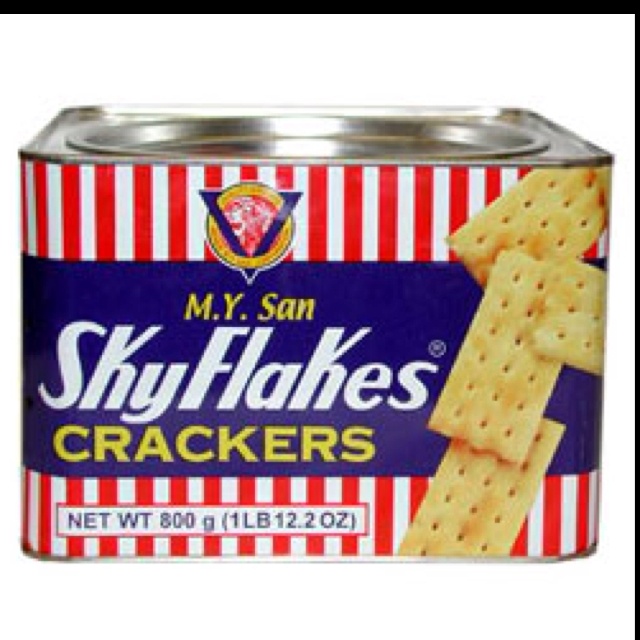
It is good to eat milk porridge for breakfast. It is a rich source of vitamins, minerals and fiber. Fiber is good for intestinal microflora: it regulates the balance of beneficial and harmful bacteria.
Meat is a source of animal protein, indispensable for a growing organism. WHO recommends that children eat 60–70 g of meat per day. It can be served as steam cutlets, meatballs in soup, or any other attractive form. Offal and meat products are harmful to a one-year-old child.
It is also desirable to gradually expand the vegetable menu. Vegetables contain many vitamins, minerals, trace elements and organic acids that are beneficial to the body. Gradually introduce boiled carrots, cabbage, zucchini, turnips, beets into the baby's diet.
Legumes are a source of vegetable proteins. Beans, lentils, green peas diversify the baby's diet. They contain useful trace elements, vitamins, as well as coarse fiber. Therefore, legumes need to be boiled and chopped in a blender. Beans should not be eaten too often either, as they cause bloating and, in rare cases, diarrhea.
Beans should not be eaten too often either, as they cause bloating and, in rare cases, diarrhea.
Fruit diet improves immunity, especially in winter when the body is weakened. Fruit goes well with cereals or served as smoothies and juices.
Sugar and salt lead to nutritional imbalances, cardiovascular problems and obesity. Avoid cakes, pastries, chocolate bars and other sweets. Replace sugar with fructose, which is abundant in fruits, or honey.
What to drink? Water, lots of water. It is advisable to make sure that the child has drunk a glass of liquid after eating. He himself will not ask, because he still does not know how. When a one-year-old child is thirsty, he begins to act up. Sweet soda should be excluded from the diet of the baby.
What foods should not be given to a one-year-old child
Approach the baby's menu carefully. Do not rush to transplant him to an adult table. Among the forbidden foods for a one-year-old child:
-
Fried foods, including chips, snacks and fast food.

-
Meats and offal such as sausages and sausages, other than liver, heart and tongue.
-
Curds, ice cream, condensed milk, koumiss.
-
Mushrooms.
-
Products containing colorants and flavors.
-
Cream confectionery containing vegetable protein.
-
Carbonated drinks.
-
Concentrates like Doshirak.
-
Caramel and gum.
-
Pickled vegetables and fruits.
-
Spices and condiments, including ketchup, mayonnaise and other sauces.
-
Smoked products.
Advice
Buy food from stores labeled "Baby Food". The label often says for what age this product is intended. There are no additives, GMOs, artificially grown products and other things in baby food. Read the contents of the label carefully. Often unscrupulous manufacturers use false labels for marketing purposes.
What to do if the child does not want to eat
It is difficult to persuade children to try unusual foods. There are four ways to deal with this problem:
There are four ways to deal with this problem:
-
Lead by example before introducing new foods. When he sees that adults eat with appetite, he involuntarily wants to try it. But remember that the baby gets used to a new food only from the tenth time.
-
Try one new product at a time. A child needs time to get used to it. New food should be combined with what is already loved.
-
Don't force your child to eat something they don't like. Let him choose what he wants.
-
Food should be as simple and familiar as possible. Children do not like dishes with many obscure ingredients like casseroles.
Tip
Babies eat better when they are relaxed. Work up an appetite during a walk or after a game. Never teach children to watch TV or smartphones while eating. Eating should be extremely calm.
Benefits of pre-mixed formula
Don't be afraid to switch babies to formula instead of breastfeeding. They benefit the baby's body, unlike, say, goat's milk. Goat's or cow's milk is too low in nutrients and high in protein. Its digestion increases the load on the gastrointestinal tract of the child and leads to obesity.
They benefit the baby's body, unlike, say, goat's milk. Goat's or cow's milk is too low in nutrients and high in protein. Its digestion increases the load on the gastrointestinal tract of the child and leads to obesity.
Three advantages of mixtures:
-
Contains polyunsaturated fatty acids that are beneficial for the baby's body.
-
Rich in probiotics and prebiotics, live bacteria that maintain normal intestinal microflora.
-
Give your child the necessary balanced intake of vitamins and minerals.
Advice
Formula will not replace breast milk.
What can be done?
Set a clear power mode. Make a menu for every day: breakfast, lunch, afternoon tea, dinner, snack. Write down the products and their quantity. The children's menu should be varied and balanced, contain sufficient nutrients, minerals and vitamins. Introduce new foods gradually and do not force the child to eat something that he does not want in a year.